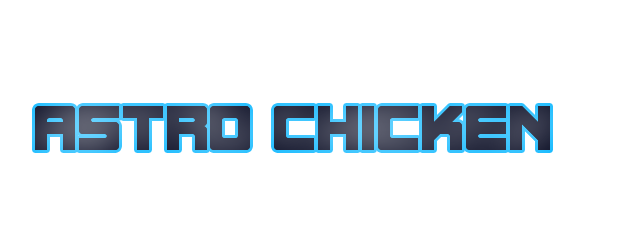On a late August sunday afternoon me and a couple of good friends met at Astro Chicken studio for a jam session. We recorded about 4 hours of material with my Oberheim DMX, Korg Mono/Poly, Arp Axxe, Roland Juno-60 and SH-09. We moved through various styles and moods of electronic music together. It was truly inspiring. This Youtube video shows you some of the greatest moments of this 4-hour improvised jam session. Enjoy!
Let's go through the technical details:
We wanted to use the DMX's internal sequencer so we could edit the DMX's patterns on the fly. In order to do that we had to run the DMX in record mode. Additionally we wanted to slave the Mono/Poly's arpeggiator to the DMX. Since the DMX cannot be the slave when in record mode we had to make the DMX the sync master for this jam. I patched the DMX's MIDI out into an MFB Megazwerg's MIDI input. The Megazwerg is capable of converting MIDI clock to analog clock pulses (96 or 16 pulses per measure). I set it to 16 and routed the clock pulses through Megazwerg's inverter to feed the Mono/Poly negative clock pulses (the Mono/Poly's arpeggiator triggers on the falling edge of a square wave). So we managed to slave the Mono/Poly to the DMX's clock which is great fun! Arp Axxe, Juno-60 and SH-09 were all played by hand.
 |
| Oberheim DMX |
 |
| Korg Mono/Poly |
 |
| Arp Axxe |
 |
| Roland Juno-60 |
 |
| Roland SH-09 |
We routed the DMX's single outputs into an Ibanez RM80 mixer for EQ'ing and effects routing. The RM80's aux sends were routed to different effects processors. The Soundcraft Spirit M12 mixer was used for more signal and effects routing. We used a Korg SDD-1000 digital delay for long dubby delay effects. In some parts of the jam you can hear the delay time being modulated by the SDD-1000's internal LFO which makes it slowly vibrate in pitch. Yes, a simple and often used effect, but superb-sounding nonetheless. The long reverb tails are from a Lexicon LXP-1, possibly one of the greatest underrated cheap FX processors out there. And we got a Korg DRV-3000 taking care of some atmospheric chorus & delay work.
Note that we recorded the whole jam session as a finished stereo track into Ableton Live. No further effects were added! Just some dynamic processing and EQing with Waves plugins.








